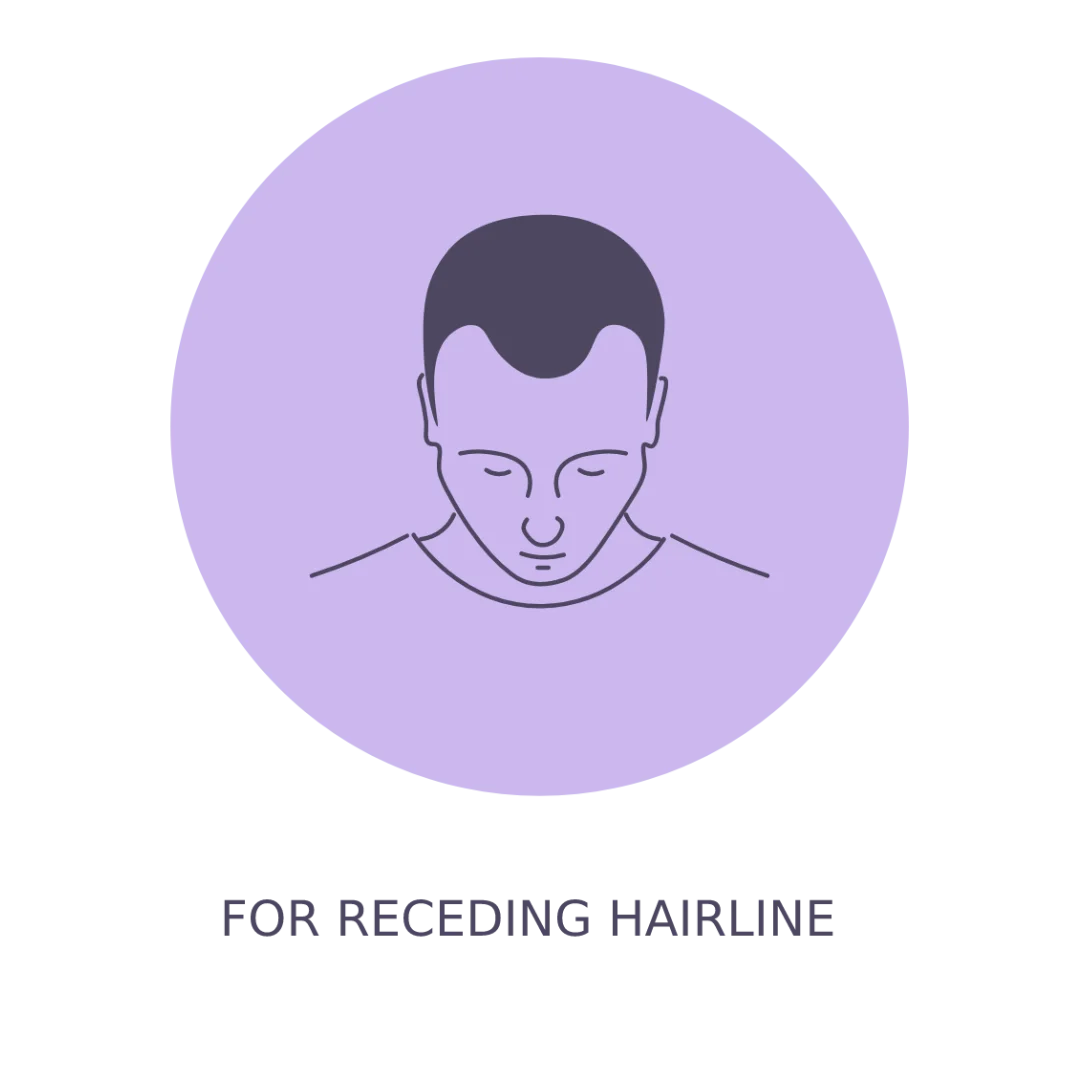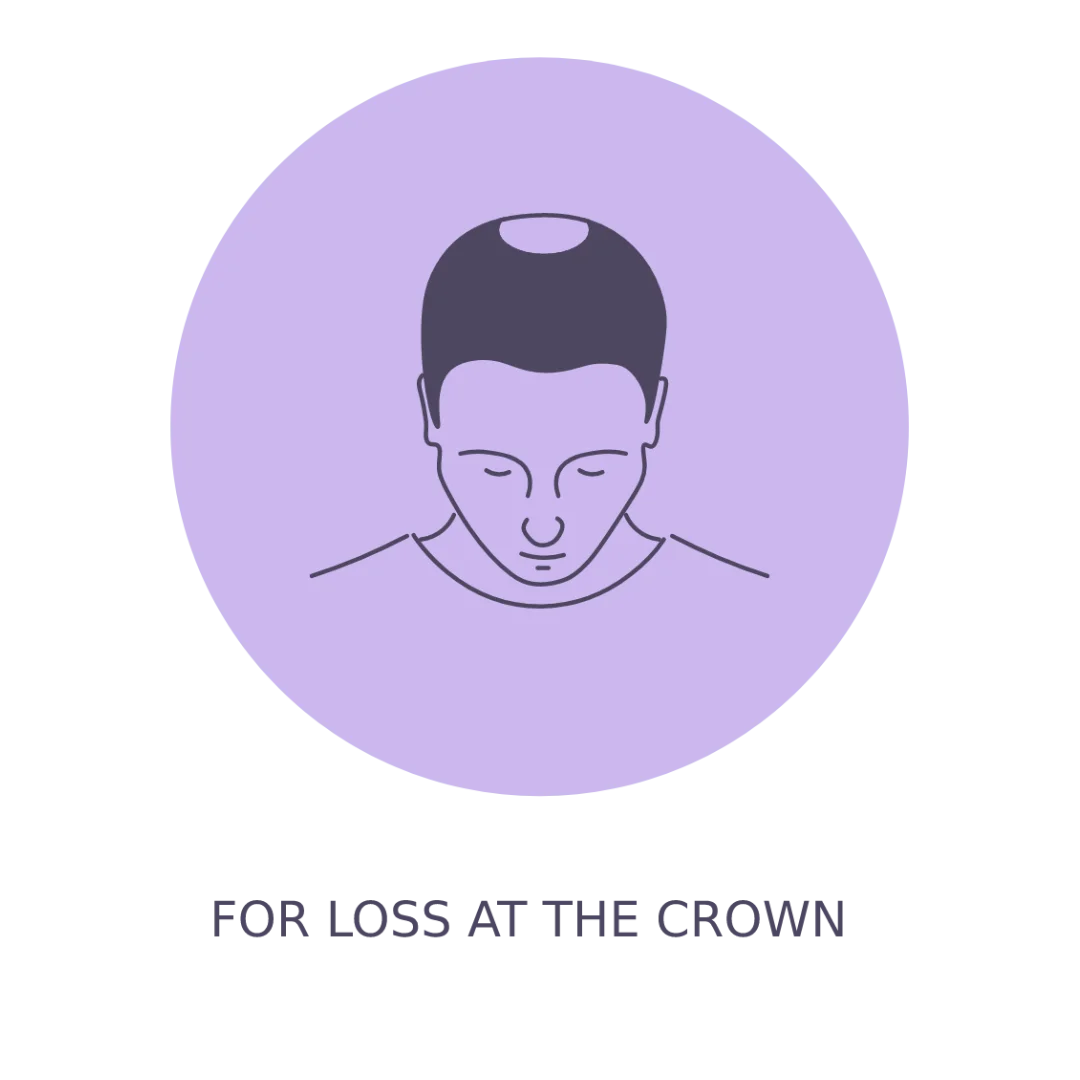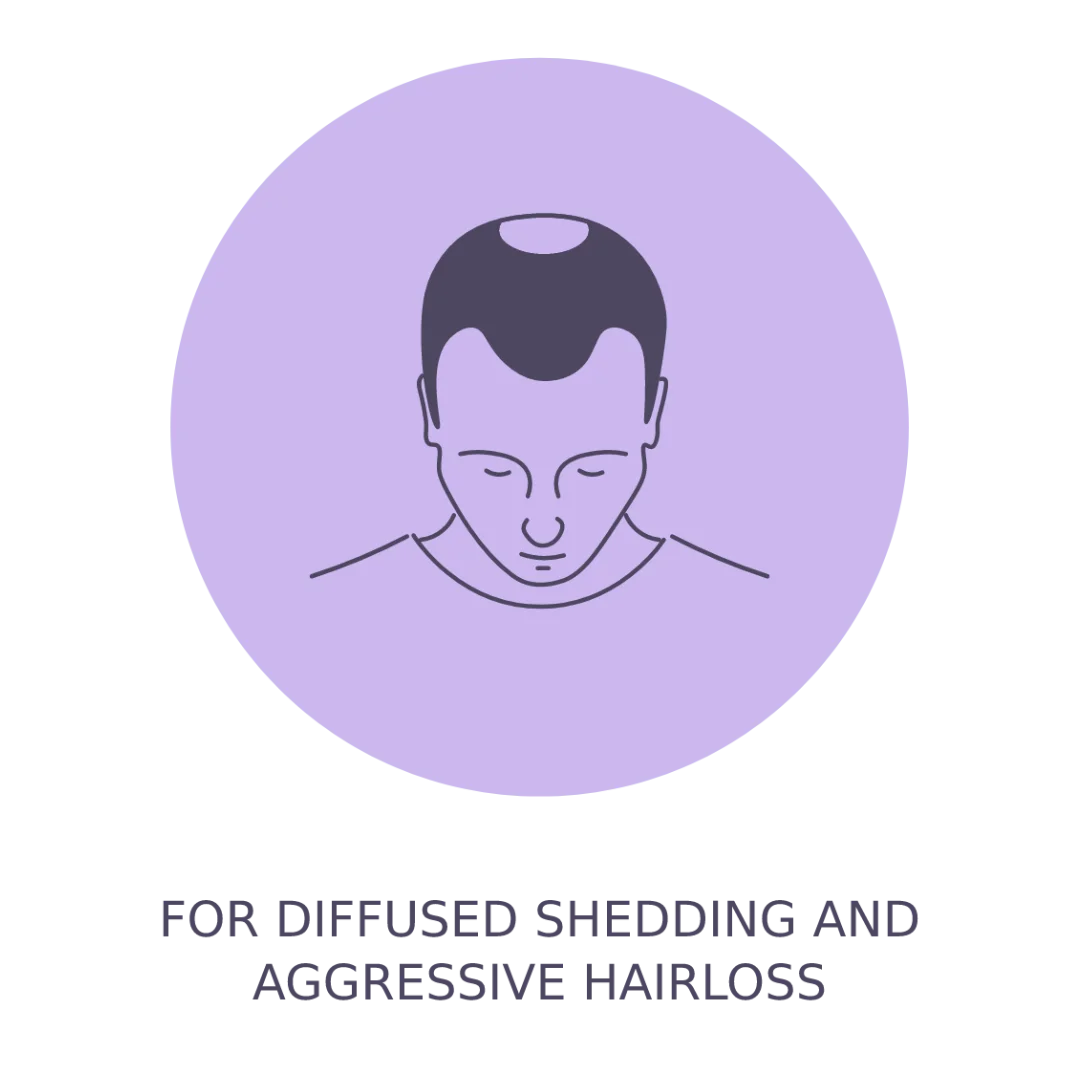- Aging Well
- For Men
- Hair loss
Statistics and symptoms
Living with hair loss is tough.
Thinning Hair
The most common symptom of hair loss is gradual thinning of the hair, particularly at the crown.
Excessive Shedding
Shedding more hair than 100 strands of hair per day, particularly when combing or washing your hair, can be a sign of clinical hair loss.
Receding Hairline
Hair loss often begins with a receding hairline at the temples, which can eventually form an "M" shape.
Changes In Hair Texture
Hair loss can also cause changes in the texture of the hair, such as making it feel finer or more brittle.
Bald Patches
Hair loss can also cause small bald patches on the scalp, which may be circular or irregular in shape.
Medical Conditions
Some medical conditions such as thyroid disorders, iron deficiencies, androgenetic alopecia or poor scalp health can lead to excessive hair shedding.
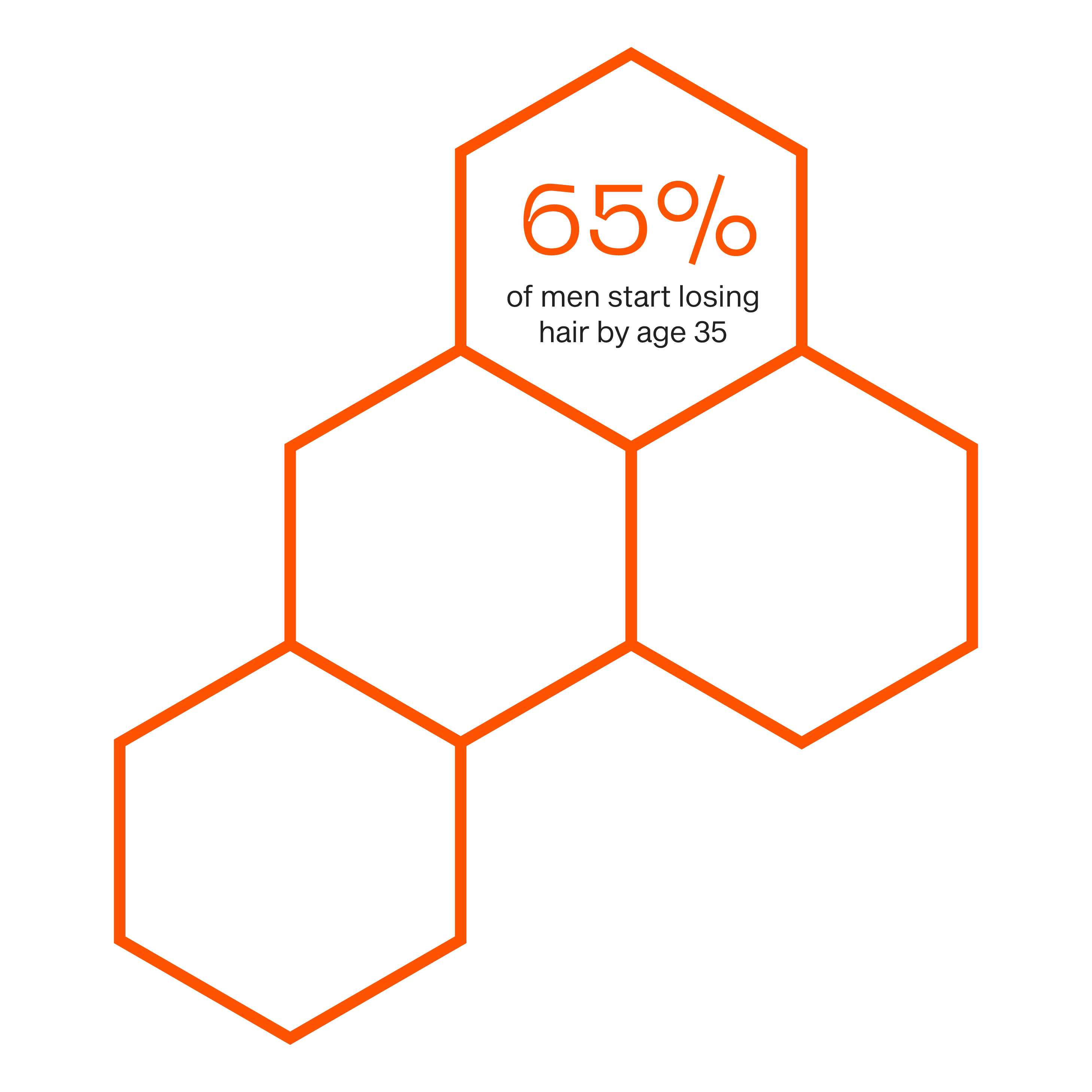
Pricing
What’s in The Hair Loss Program?

Questionnaire
Fill in a medical questionnaire
- Choose your desired treatment plan at signup
- Fill in an in depth medical questionnaire at checkout
- Questionnaire reviewed by licensed clinician to determine the best treatment plan

Prescription
Prescription issued by licensed clinician
- If deemed eligible, prescription will be issued for hair loss treatment
- Prescription valid for 4 shipments or 1 year
- If prescription is rejected, $25 will be refunded

Home Delivery
Quick and hassle free priority shipping
- Medications are authorized for sale by Health Canada
- Shipped through licensed pharmacy partner
- Direct billing to insurance
- Medication cost is additional
- Refills shipped automatically every 3 months
How it works
Treatment that comes to you
Finding what works can be hard. Our online process and medical
experts make it simple.

- Complete medical Questionnaire
- If approved, Clinician will issue the Prescription
- Pharmacy collects cost of the meds and ships
- Automatic refills sent. Pharmacy collects med costs
- Cancel subscription anytime
Meet our medical team
The specialists behind our products

Dr. Adeel Khan
Chief Scientific Officer
Dr. Adeel Khan is an expert in musculoskeletal medicine, pain medicine and regenerative medicine. He specializes in Interventional...

Dr. Kristy Prouse
Chief Women’s Health Advisor
Dr. Kristy Prouse BA (Psychology), BSc (Genetics and Cell Biology), MD, FRCSC (OB/GYN) has had an exemplary career as a functional...
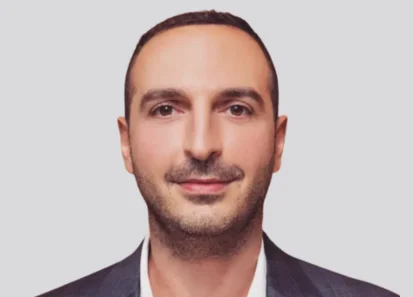
Dr. Fady Hannah Shmouni
Chief Men’s Health Advisor
Fady Hannah-Shmouni, MD ABIM FRCPC is a highly accomplished Iraqi-Canadian physician-investor renowned for his expertise in endocr...

Dr. Francis Ifeanyi
Chief Operating Officer
Dr. Francis Nwakire is a healthcare technology leader with a Doctor of Medicine, an MBA, and certifications in Health Informatics,...

Dr.Muhammad Siddiqui
MD Endocrinologist, USA
Dr. Siddiqui is a specialist physician in Men’s Health, Thyroid & Adrenal disorders, with focus on Hormone deficiency and Health o...

Abida Dhukai
Nurse Practitioner
Abida Dhukai has graduated from University of Toronto with over 14 years of experience as a nurse practitioner and clinical scient...

Priya Sebastian
Nurse Practitioner
Priya Sebastian has graduated from Athabasca University and has worked as a nurse practitioner for 6 years. She has over 12 years ...

Lisa Rotz
Nurse Practitioner
Lisa is a primary health care nurse practitioner with special interest in Men’s and Women’s Hormones. She has over 20 years of exp...

Maria Jacob
Nurse Practitioner
Maria Jacob has received her Nurse Practitioner degree from University of Western Ontario. Maria has over 15 years of experience a...

Sridevi Emmadi
Nurse Practitioner
Sridevi Emmadi has received a masters of nursing from University of Western Ontario. Sridevi specializes in primary health care an...

Sheena Jacob
Nurse Practitioner
Sheena Jacob is a nurse practitioner who graduated from The University of Western Ontario in 2008. She holds a Masters in Hospital...

Donna McLean
Nurse Practitioner
Donna McLean RN MN NP PhD, has more than 30 years experience as a Registered Nurse and more than 15 years as a nurse practitioner....
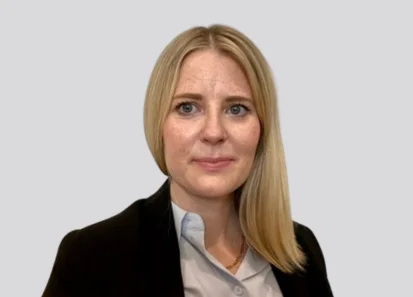
Jessica Saucy
Nurse Practitioner
Jessica Saucy is a board certified Adult-Gerontology Primary Care Nurse Practitioner with a special interest in hormone health for...
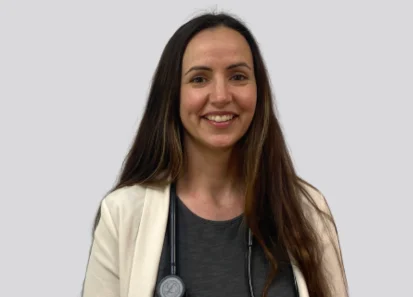
Jodie Foster
Nurse Practitioner
Jodie Foster is a highly skilled primary care family nurse practitioner with extensive clinical expertise. Her current role in a c...
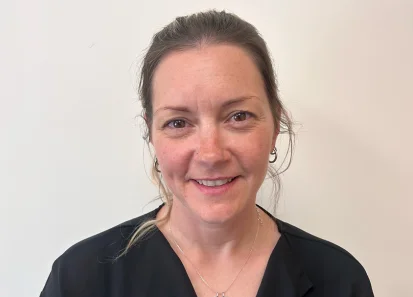
Vanina Walsh
Nurse Practitioner
Vanina Walsh is an experienced Primary Health Care Nurse Practitioner with a diverse background across Canada. She specializes in ...

Bonnie Noble
Nurse Practitioner
Bonnie is a highly accomplished medical practitioner with a Master's Degree in Nursing, boasting 20 years of diverse experience ac...

Michelle Jeannotte
Nurse Practitioner
Michelle Jeannotte is a Family/All Ages Nurse Practitioner. She graduated in 2007 with her BScN from the University of Alberta. As...

Grace Harder
Nurse Practitioner
Grace Harder, a Western University graduate and board-certified primary care nurse practitioner, also holds certification in integ...
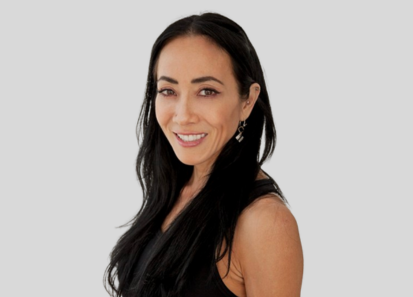
Julie Miller
Nurse Practitioner
Julia graduated from Athabasca University in 2020, and works as a Nurse Practitioner in primary care. She has many years of experi...

Amelie
Nurse Practitioner
Amelie holds a BSc in Nursing from the University of Ottawa and a Master of Nursing from the University of Toronto. With over a de...
Frequently asked questions
The Science behind hair loss
Male Pattern Baldness (MPB) is influenced by multiple genetic factors—specifically, there are 287 known genetic components involved. A key element in MPB is the level of dihydrotestosterone (DHT), and androgen, in the body. Higher levels of DHT are strongly associated with increased hair loss. Other factors may also have an impact on hair growth and retention which can include stress, poor nutrition, and harsh chemicals or dyes.
There are a variety of treatment options available for hair loss. We offer various topical and oral treatments which are authorized for sale by Health Canada. Formulations could be custom compounded based upon the practitioner’s recommendations and patient’s needs. A licensed Canadian healthcare practitioner will review your questionnaire to determine if there is an underlying health issue that needs to be addressed prior to issuing a prescription.
Treatments can work in a few different ways to help stop hair growth, preserve existing hair, and potentially regrow hair. Oral and topical treatments work by inhibiting the conversion of testosterone to dihydrotestosterone (DHT), encouraging the slowing down of hair loss and potentially promoting hair growth.
Prescription medications can have side effects. While the majority of patients find this treatment effective without any, a small number of patients might experience adverse reactions which can include erectile dysfunction, low libido, and a decrease in semen volume. Our custom compounded topical treatments significantly reduce the likelihood of side effects relative to oral therapies.
Daily Oral Pill: $130 per 3 month
Topical solution: $120 per 3 months
Topical gel: $136 per 3 months
*Prices are subject to change*
